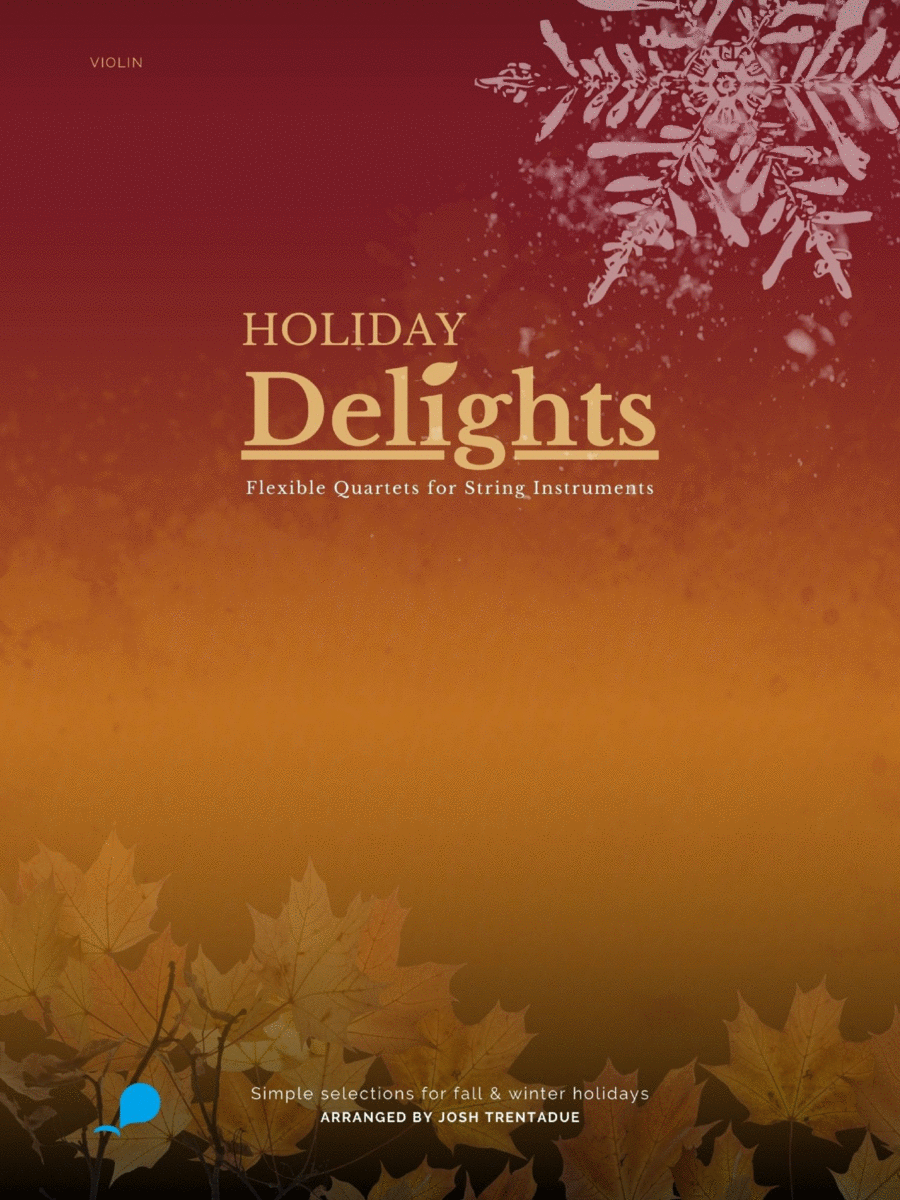String Quartet String Quartet,Violin - Level 3 - Digital Download SKU: A0.1405490 Composed by Camille Saint-Saens, Hector Berlioz, Josh Trentadue, Mikhi Gelbert, and Samuel Goldfarb. Arranged by Josh Trentadue. Christmas,Contest,Festival,Halloween,Holiday,Instructional. 21 pages. T.U.X. People's Music #988545. Published by T.U.X. People's Music (A0.1405490). Bring to life the joy and spirit of the holiday season with this wonderful collection of carols, classics, and original works suitable for celebrating Halloween, Christmas, and Hanukkah!Table of Contents:Fossils, Saint-Saëns (ME)Pumpkin Spice & Everything Nice, Trentadue (M)Hymn for Tricks and Treats, Trentadue (M)The Witches’ Sabbath, Berlioz (MA)I Heard the Bells on Christmas Day, Traditional (ME)Jolly Old St. Nicholas, Up on the Housetop, Traditional (M)Silent Night, Traditional (ME)I Have a Little Dreidel, Goldfarb & Gelbert (M)Rock of Ages, Traditional (M)Our Flexible Quartet series brings together new and old works in a joyous, fun experience suitably accessible for any combination of string instruments! Whether reimagining some of the most traditionally popular works today, or introducing brand-new works specially written for this series, your students will love the ingenuity and spirit of these carefully compiled selections.
